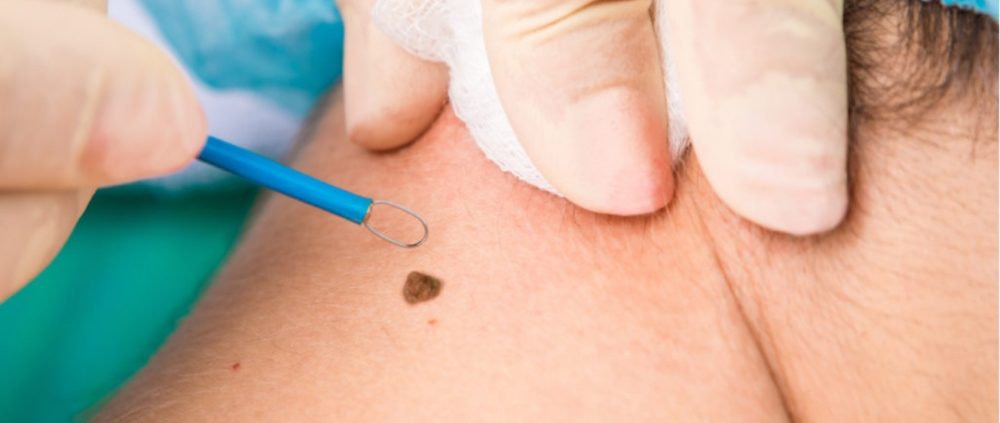What exactly are warts?
Warts appear as benign (non-cancerous) skin growths when a virus infects the top layer of the skin. The viruses that cause warts are known as human papillomaviruses (HPV). You’re more likely to get one of these viruses if you cut or damage your skin in any manner.
Viruses that cause warts are infectious. Warts can be transmitted by coming into contact with the wart or something that has come into contact with the wart.
Warts are often skin-coloured and scratchy to the touch, although they can also be dark (brown or grey-black), flat, and smooth.
For the best expertise, you can visit one of the renowned and best dermatologist in Indiranagar.
How do dermatologists treat warts?
Warts frequently disappear without treatment. This is especially true when it comes to warts in youngsters. Adults may not be able to get rid of warts as readily or fast as youngsters. Despite the fact that the majority of warts are harmless, dermatologists treat them.
If you can’t get rid of warts, they hurt, or you have a lot of them, you should consult a dermatologist. Warts can be treated in a variety of ways by dermatologists. The therapy chosen is determined by the patient’s age, health, and type of wart.
One or more of the following treatments may be used by a dermatologist:
1. Cantharidin:
A dermatologist may “paint” a wart with cantharidin in the office to cure it. Under the wart, cantharidin causes a blister to develop. You can return to the office in a week or so, and the dermatologist will remove the dead wart.
2. Cryotherapy:
Cryotherapy (freezing) is the most frequent treatment for common warts in adults and older children. This therapy isn’t too unpleasant. In those with dark complexions, it can produce dark patches. It is normal to require further treatments.
For common warts, filiform warts, and foot warts, electrosurgery (burning), and curettage are effective therapies. Curettage is the process of scraping the wart off using a sharp knife or a tiny spoon-shaped instrument. These two techniques are frequently used in tandem. The wart may be scraped off by the dermatologist before or after electrosurgery.
3. Excision:
The wart may be removed by the doctor (excision).
What exactly are moles?
Moles are a form of skin growth that is quite prevalent. Clusters of pigmented cells lead them to appear as tiny, dark brown patches on the skin. Moles are more common in childhood and adolescence. The average person has 10 to 40 moles, some of which may alter or disappear over time.
The majority of moles are completely harmless. They only develop malignancies in a small percentage of cases. Skin cancer, particularly malignant melanoma, can be detected by keeping an eye on moles and other pigmented areas.
Treatment
The vast majority of moles do not need to be treated.
Mole removal
If your mole is malignant, your doctor will remove it through surgery. If you have a mole on your face that irritates you when you shave, you should get it removed.
Mole removal is generally done as an outpatient procedure and takes only a few minutes. Your doctor will numb the region around the mole before removing it, as well as a margin of good skin if required. It’s possible that the treatment will leave a permanent scar.
If you discover that a mole has come back, make an appointment with your doctor.
Cosmetics Care
If you’re self-conscious about a mole, you can cover it with cosmetics. If you have hair coming from a mole, consider cutting or plucking it close to the skin’s surface. Alternatively, discuss with your dermatologist the possibility of permanently removing the hair and the mole.
Keep the area clean whenever you cut or aggravate a mole. If the mole does not heal, see your doctor.
Conclusion
The wart virus has no known treatment. This implies that warts might reappear in the same location or in a different one.
New warts emerge almost as quickly as old ones go away at times. When old warts discharge viral cells into the skin before being treated, this occurs. New warts might form around original warts as a result of this. The easiest method to avoid this is to get new warts treated as soon as they emerge by a dermatologist.


